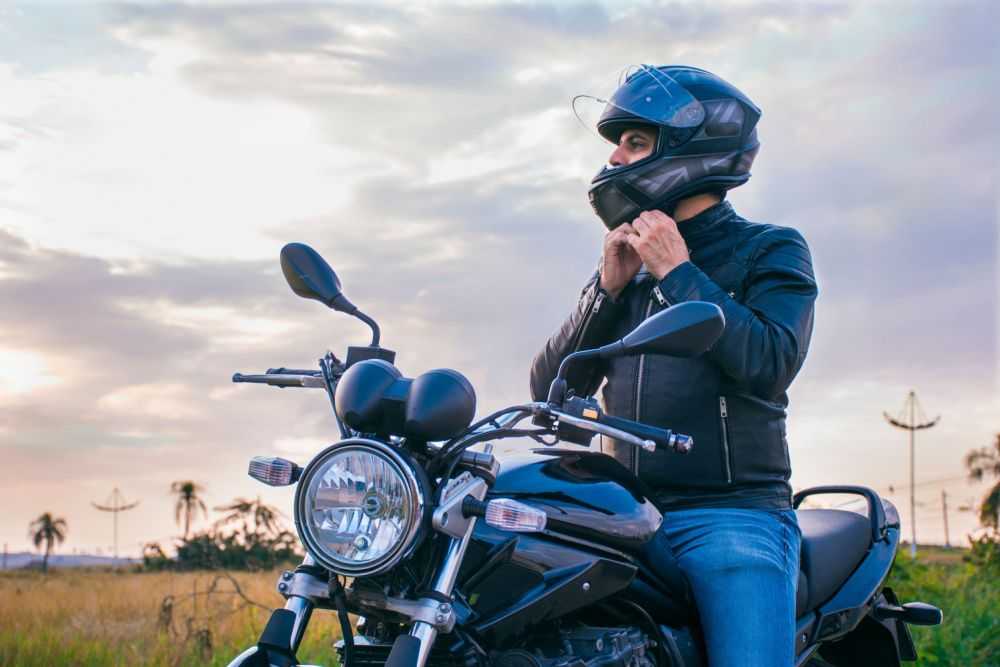
Our Top 10 Motorcycle Safety Tips for Riders
Riding a motorcycle can be an experience like no other. Feeling the wind on your face while riding on long country roads, using the gears effectively to get the optimum performance out of your machine when negotiating corners, and ultimately being at one with the road and your bike is an incredible feeling.
There’s no denying however that riding a motorbike is inherently more dangerous than some other forms of motorised transport. If you’re a biker, this comes as no surprise and out and about on Britain’s roads you’re probably reminded of this fact all too regularly!
Most obviously, motorcyclists are at a significant disadvantage in comparison to car drivers if they are involved in a road traffic accident, simply because they do not have access to the same safety features that car drivers do. While car drivers have access to an airbag to protect them from hitting their heads on the dashboard or windows, a restraining seatbelt, and of course a large metal cage to keep them safe, motorcyclists only have the gear they are wearing to protect them.
As a result of this, it is of the utmost importance to maintain vigilance while riding, as the best way to protect yourself in an accident is to avoid getting involved in one in the first place! Here are ten ways to improve your safety as a biker:
Ride like half the people can't see you, and the other half are actively trying to kill you
This may sound dramatic, and it is, and it obviously isn't true, but adopting this mindset puts you into a defensive riding posture out on the road and may help you avoid the shortcomings of other road-users' skills and potential lack of awareness.
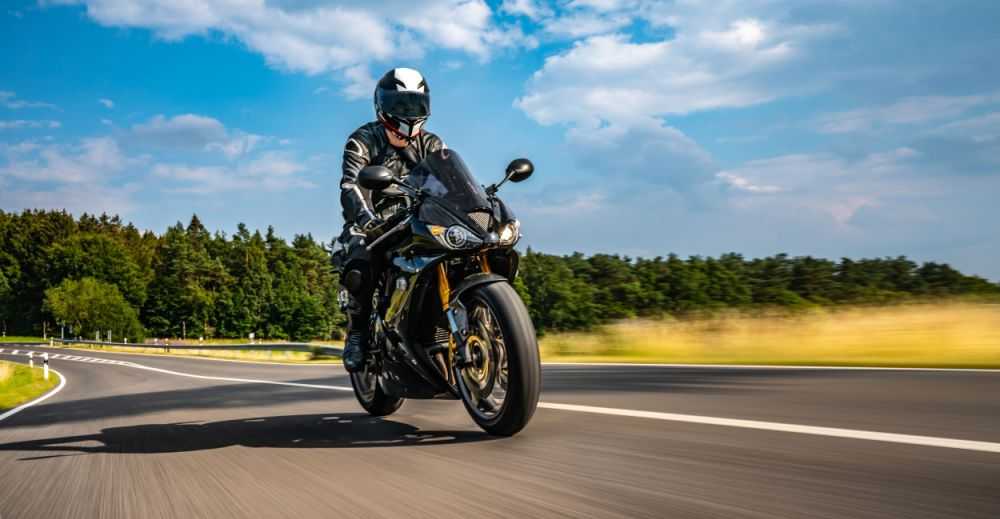
It's no secret that motorcycles can be harder to spot than a bright yellow car for example, and for this reason, as a rider, you need to be ready at all times for anything to happen.
In the event of an accident with a car, it's sadly quite common to hear the car driver say something along the lines of "I never saw them". Defensive riding involves anticipating just that explanation from a car driver and making yourself as visible as possible to other road users and positioning yourself appropriately.
Always ride as if you are invisible to other road users and never assume they know you're there. Who knows, it may just help save your life.
Helping riders save money on motorbike insurance for 17 years!
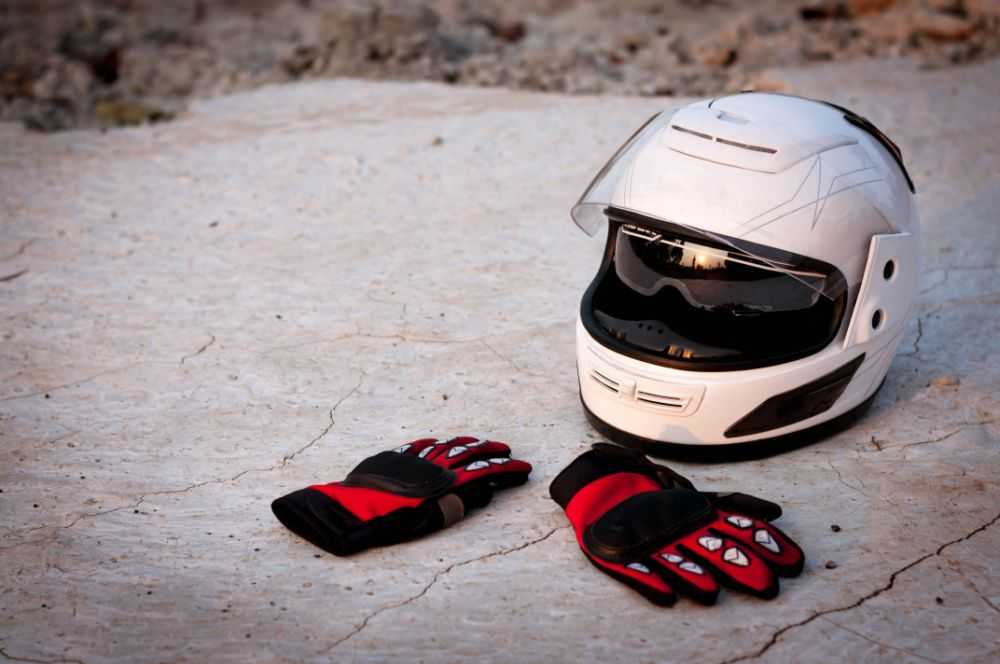
Always wear the right gear
It is absolutely essential for your safety as a rider that you wear the appropriate protective gear at all times. Every rider is required to wear a helmet that meets the legal minimum standards for the UK and is stamped with the BSI Kitemark in order to remain compliant with the law.
But besides the legal minimums of a proper helmet, riders should wear all the gear, all the time they are riding. There are a lot of different types of bike clothing on the market nowadays depending on the situation the rider faces. This could be the time of year and riding conditions, with cooler options available in the summer months or the type of riding being undertaken, so one-piece leathers for track riding or even properly safe bike gear that is designed to be worn as a fashion item. You don't have to look like a greasy biker anymore just to stay safe!
A common mistake that riders make is that they might think that a short trip, just to the shop for example, doesn't matter and that not wearing their safety gear “just this once” won't hurt them. Don’t make that mistake; accidents happen at any time and you don’t want to be a motorcyclist with a particularly terrible case of road rash because you wore jeans and trainers and not proper motorcycle trousers and boots.
Chill out
Motorbike riders can be extremely vulnerable while they are out on the roads, and it is easy for them to become irate with other road users if they have come dangerously close to being involved in an accident.
If you find yourself in a position such as this one, it is usually best practice to keep your cool, and stay calm and collected. If you're furious and frustrated, you're not going to be concentrating on the road and could put yourself at even more risk of harm. If you find yourself in this position, pull over and take a moment to compose yourself before continuing your journey.
Do not ride when emotional or angry
This is similar to the point above, but different in that here we're advising not to swing your leg over your motorcycle and go for a ride in the first place if you're already angry or frustrated. Riding while angry or distracted by thoughts that are not related to riding could be a surefire way to get into some difficulty.
So make sure that you are in the appropriate frame of mind before you venture out on your bike. This will ensure that your sentiments and disposition do not interfere with your ability to concentrate. Be cool, and make logical decisions while you are on the road.
Stay within your limits
When riding a motorcycle, it is crucial to be aware of your capabilities and talents. You should also make sure that the motorcycle you are riding is appropriate for both you and your riding style, and that the roads you are riding on are appropriate for your skill level.
When riding in a group, don't let more experienced or faster riders force you to make decisions or do things you wouldn't normally do just to keep up with them. Instead, ride within the limits you're comfortable with and stick to them like glue. Not only is it safer, but you'll definitely enjoy your riding experience more.
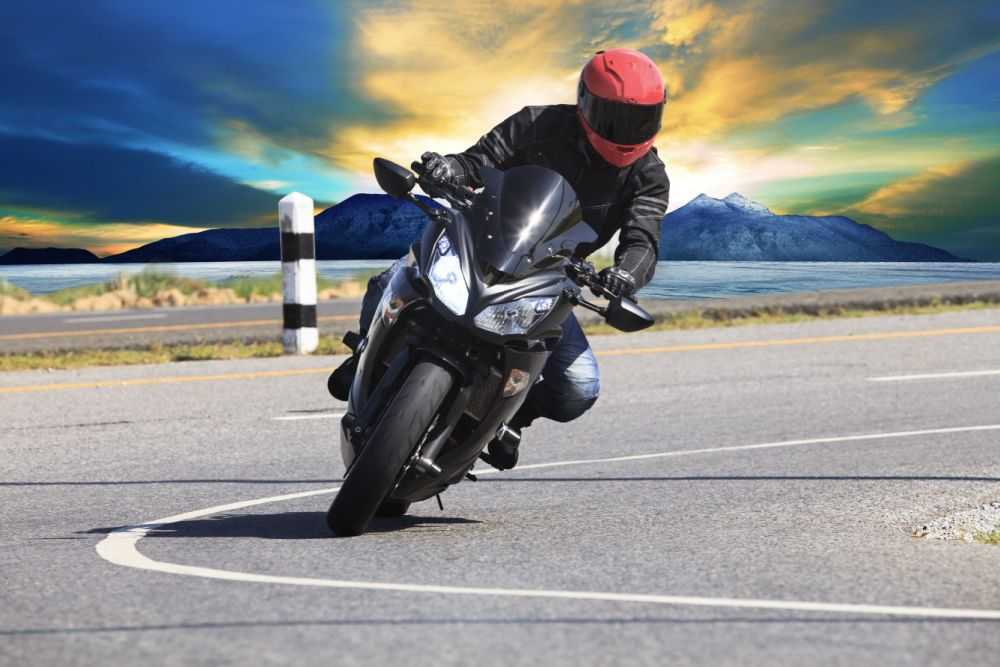
Alternatively, find a group of riders that matches your skill level and do not pressure you into making decisions or riding outside of your comfort zone.
Check over your motorcycle
This is an obvious one, but regular motorcycle maintenance and checks are important to ensure that the bike is safe for use and that there are no lingering issues that could cause problems out on the road.
Some things to check on your motorcycle are:
Ensure that they are above the legal minimum limit for wear. Tyres that are overly worn will have significantly less grip and will not perform as required in wet or tricky conditions. Also, be sure to check the tyre for any cuts or flat spots.
It’s a good idea to check the wear and tear on the chain and sprockets and to keep the chain correctly tensioned, meaning that there is only about 1 inch of play. The sprocket teeth must also have enough wear remaining on them and not be chipped or damaged, as this could cause the chain to slip off.
Ensure the brake discs and pads have enough life in them and are not too worn down, as this can significantly affect their performance and ability to bring the motorcycle to a controlled stop. Regular servicing by a qualified mechanic is the best way to ensure your brakes and other key components of your motorcycle are in top condition, so don’t skip your service!
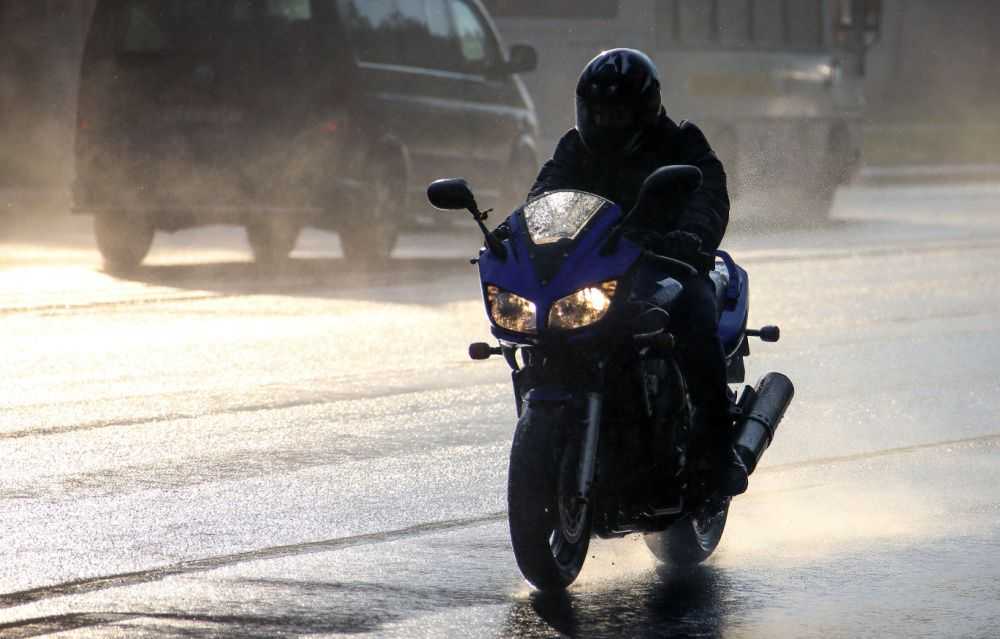
Keep an eye on the weather conditions
Weather plays a big part in riding; wet and cold conditions are a perfect combination for increasing the potential for accidents. Stopping distances can be increased, visibility by you and of you will also reduce and being too cold or even too warm can make you uncomfortable and distract you from concentrating on the road.
Motorcycles are not as stable as cars and so are more likely to be affected by strong or gusty wind, so if you are not comfortable riding in these conditions, then re-consider your journey or take another form of transport.
If you must ride in these conditions, do so carefully, avoiding white lines, leaves, drain covers and potholes, which often have little to no grip and leave extra space between you and other road users.
Maintain stopping distances
Just because you have a smaller and lighter vehicle doesn't mean you can ride up the back of cars or other motorists, so be sure to leave plenty of space to bring your bike to a halt.
The two-second rule is a good rule to follow; maintain two seconds of distance between yourself and the vehicle ahead of you to give you ample time to react and slow down to a stop in a controlled manner in good time, that is without grabbing a fistful of the front brake, locking up, and crashing.
Avoid distractions
While you're on a motorcycle, the consequences of what might be called a minor road traffic accident are often more severe for motorcycle riders, so it's especially important to avoid distractions and concentrate.
These days you can buy endless ad-ons for your bike, many of which are great but should be avoided being adjusted whilst on the move. Something quite common is the use of a mobile phone as a sat-nav device. If you are to use it as such, make sure that it is set to a mode that does not allow for notifications to come through and divert your focus away from riding. If you need to adjust it on your journey, pull over and do it safely and do not try to make alterations whilst on the move.
Take a safety course
Even the most skilled riders could benefit from taking an advanced training course once in a while in order to be on the cutting edge of their game and in peak physical shape on the road.
These courses can help you enhance your riding skills in areas such as cornering, heavy braking, and manoeuvring when appropriate. This can give you more confidence behind the handlebars and help you handle different situations better. An added bonus is that many insurance brokers will consider advanced riding qualifications when providing a motorcycle insurance quote, so you could benefit from lower premiums by becoming a better rider. A double win!
See how much you can save
Compare quotes from 37 insurers
